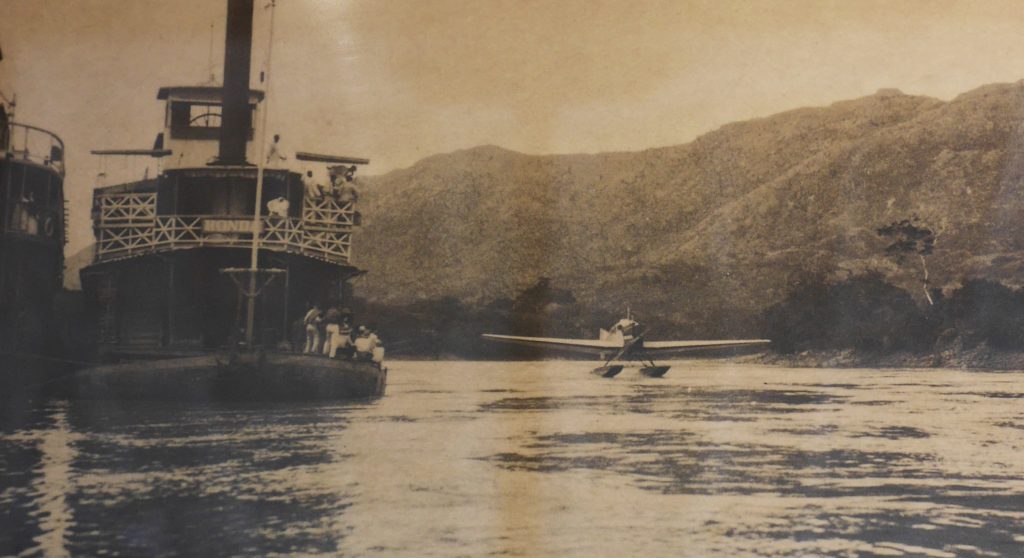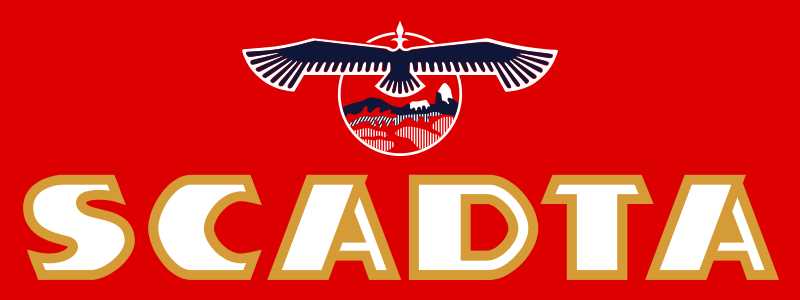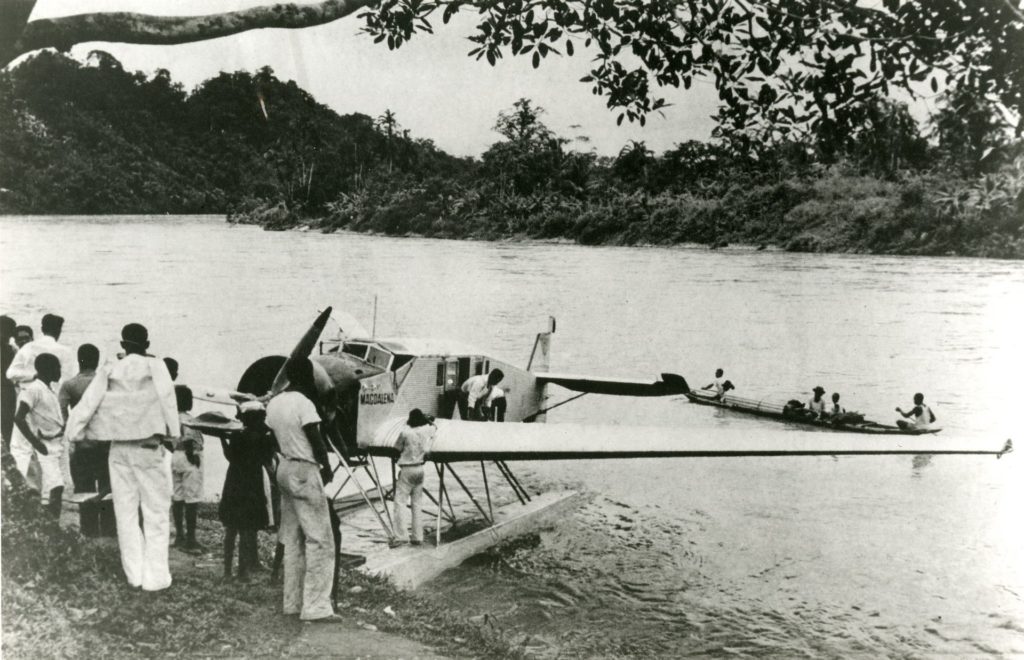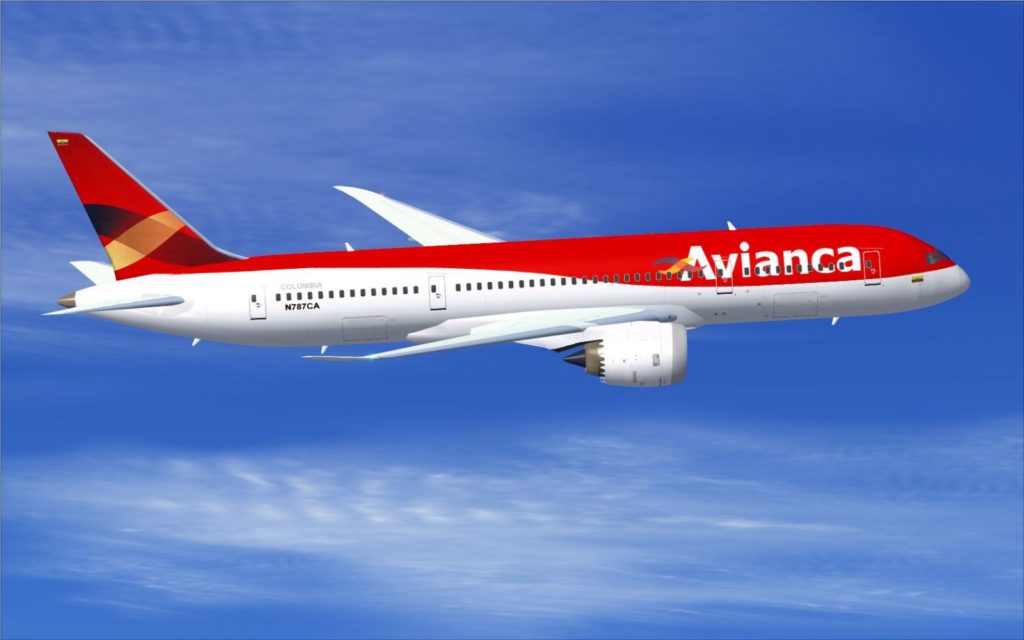Avianca’s 100 years

Born into adversity, Avianca celebrates its centenary this year. We look at the early years of Colombia’s historic airline.
By Steve Hide
December 2018
This article originally appeared in The Bogotá Post
Many visitors to Colombia are surprised to discover that Avianca is the world’s second oldest airline (after Dutch KLM) and the oldest continuously-operating in the Americas. The venerable institution was founded in 1919 as Sociedad Colombo Alemana De Transportes Aéreos (SCADTA) and turns 100 this year.
Perhaps more surprising is that SCADTA-Avianca was not actually the pioneer air-carrier in Colombia: that honour goes to the ill-fated Compañía Colombiana de Navegación Aérea (CCNA) which flew – and regularly crashed – lumbering 14-passenger French Farman biplanes left over from the 1st World War. The company ceased operations just a year later.
SCADTA fared better with German Junkers F-13, a more advanced metal single-wing design that could carry four passengers and cargo. It was quickly picked up by the German and Colombian businessmen behind the fledgling Barranquilla air operation. Floats could be fitted for river and lake landings, essential given Colombia’s lack of landing strips, and it carried a ‘Seaplane Technician’ whose job was to swim ashore with a tether rope as soon as the plane was down.

After many test flights, in 1921 the airline inaugurated its first twice-weekly scheduled route from the coast at Barranquilla to Girardot on the Magdalena River, an eight-hour flight but considerably quicker than the two weeks taken by boat. Of course, this was only an option for the wealthy as tickets were around US$250, a small fortune then. Interestingly, passengers were weighed and charged according to their bulk.
With two years six planes were flying and routes extended to coastal cities of Cartagena and Santa Marta and upriver to Neiva. By 1928, SCADTA had purchased larger seaplanes and had begun international flights to Ecuador and Panama.
Less-well known is the history of a secret company take-over by US carrier Pan Am in 1930. This brought larger US-built planes into the fleet, the creation of grass airfields – for example in Medellin – and control of the Colombian postal system.
In 1932 Colombia went to war with Peru over Amazon territory and several of the Junkers floatplanes – the old F13 and newer W34s – were drafted into military service taking supplies and troops to the distant front. Some were even converted for bombing and ground attacks.

But despite its patriotic support of Colombia’s war with Peru, SCADTA was seen as a security threat as tensions rose with Germany in Europe. Many of SCADTA’s staff, pilots and engineers were German expatriates. With the start of WWII, and through pressure from the US State Department, all the German staff were fired in 1940. SCADTA was rebranded AVIANCA (Aerovias Nacionales de Colombia) in June that year.

Today’s Avianca airline – Latin America’s second largest after LATAM – is a different beast from its early incarnation in the 1920s when seaplanes cruised the Magdalena Valley. An old-timer told me recently that he knew a Seaplane Technician from that era who told him they were untrained wharf kids from Barranquilla: ‘the company held swimming races and the fastest one got the job’, he related.

You can still find photos of the old mail planes in local museums. Today an actual 1929 Junkers W34 floatplane that saw service with SCADTA, and later military action in Peru, has pride of place at the Colombian Air Force Museum in Tocancipá, a short drive from Bogotá.
A flick through the Bureau of Aircraft Accident Archives brings a reminder that the pioneer airline had any risks as well as rewards. Aviation accidents from the early years reveal the challenging conditions faced by the pilots tackling Colombia’s unforgiving topography: passengers injured when a floatplane ‘hit a sandbank’ on take-off, another plane sunk after striking a rock. Others fell out of the sky with ‘unexplained engine failure’. Being driven by a single engine with nowhere safe to land in vast jungle and mountain terrain made every one of these early flights a nail-biter.

Even later multi-engine planes had their woes, such as with the untimely death of legendary Argentinian ‘King of Tango’ Carlos Gardel in 1935 when two Ford tri-motors collided at a Medellin airfield killing a total of 17 people.
But from those tough beginnings arose an airline that has stood the test of time, something every Colombian can be proud of.

Further information: a history of Avianca can be found here
